
This house sign was created by two Italian migrant workers and renewed in 1957 by Alfred Kala. You can see it at the town pharmacy in Knittelfeld. I love the combination of lions with a mortar and pestle.
Browse through your travel destination!

This house sign was created by two Italian migrant workers and renewed in 1957 by Alfred Kala. You can see it at the town pharmacy in Knittelfeld. I love the combination of lions with a mortar and pestle.
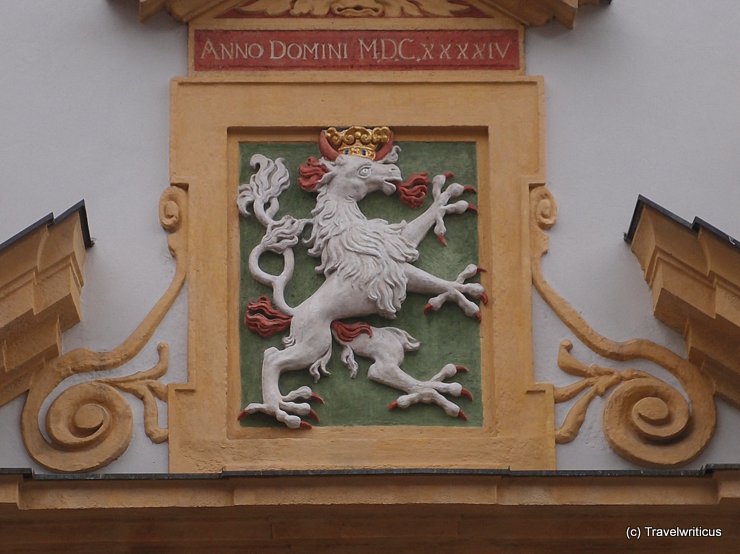
The coat of arms above the gate of the Styrian Armory raises questions. It looks like a Styrian Panther mixed with the detail of a Graz Panther. The red horns make it Styrian. The crown, on the other hand, makes it look like a Graz coat of arms.
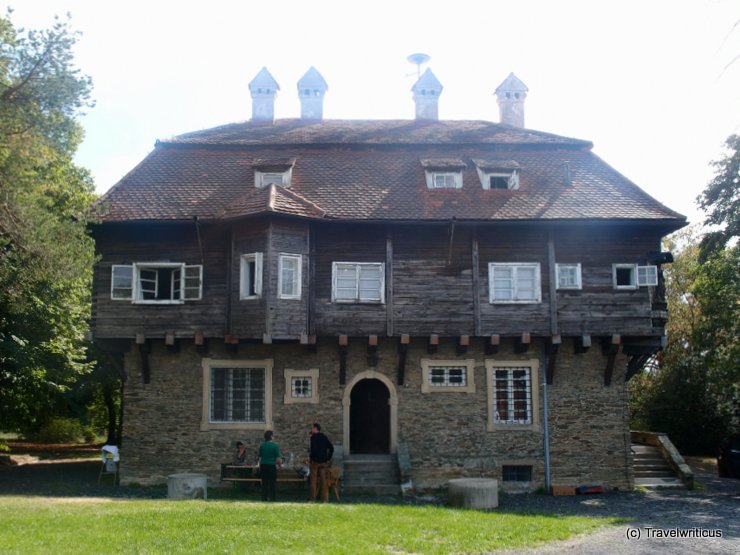
The Madonnenschlössel was built in 1923 by Mayor Georg Gyömörei. It was the residence of him and his wife, the sister of Count Almasy. Today, it serves as a budget-friendly accommodation for hikers and bikers and as a venue.
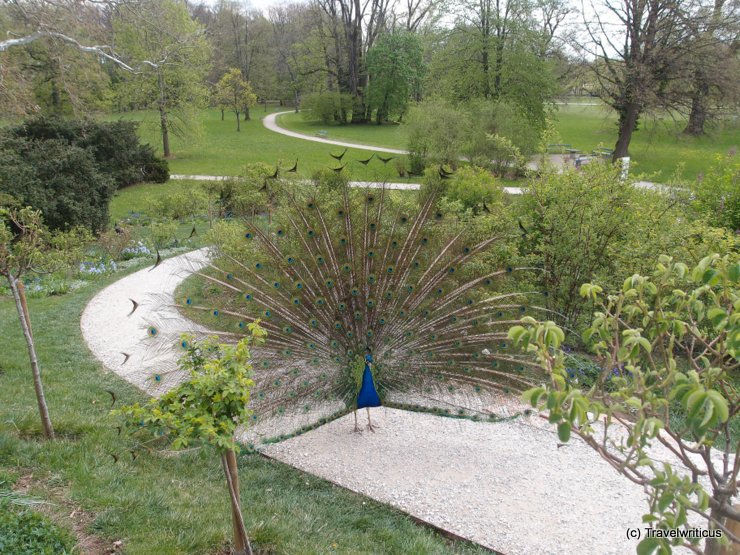
Visitors of Schloss Eggenberg find a bunch of peacocks on the castle grounds. Sometimes, one of these colourful animals blocks your way. In this pic, a peacock uses the path up to the rose mound to spread its feathers.
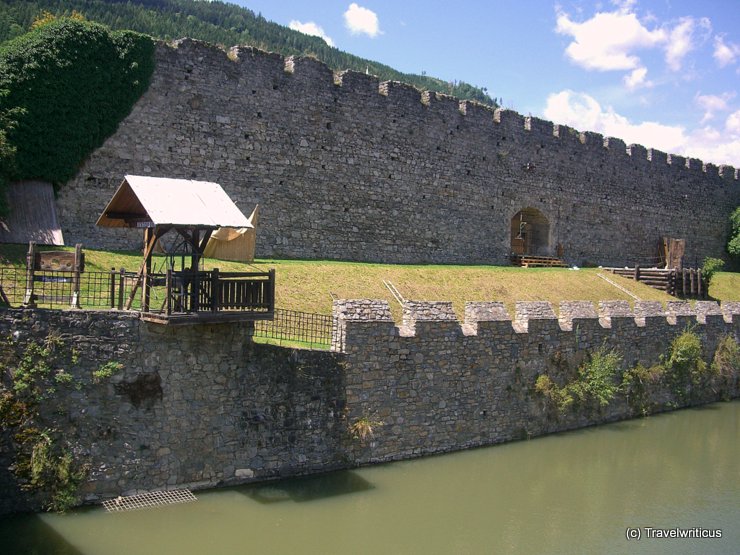
There are many cities with preserved city walls. Modern cities surrounded by an equally well-preserved moat are rarer. A fine example of such a combination forms the city wall and moat of Friesach, a place in the Austrian state of Carinthia.
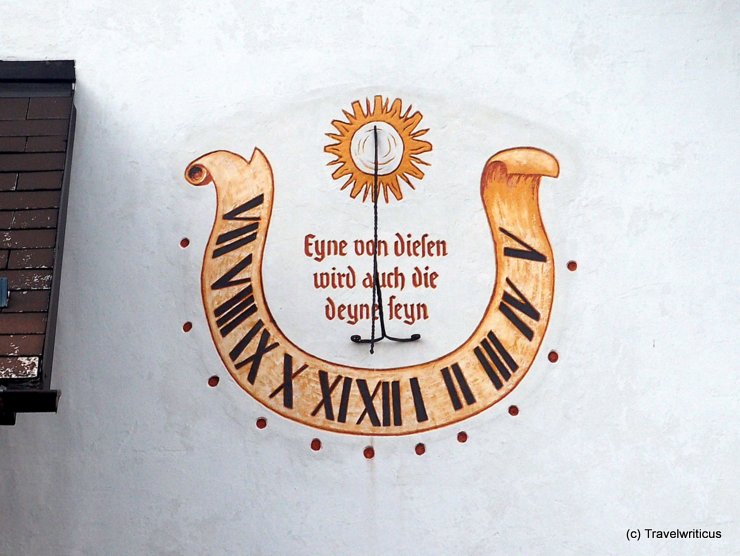
A thoughtful adage seen at a sundial in Haus written in old German: ‘Eyne von diesen wird auch die deyne seyn’. It means: One of these hours will be yours. This writing is a kind of memento mori reminding us that everybody will die one day.
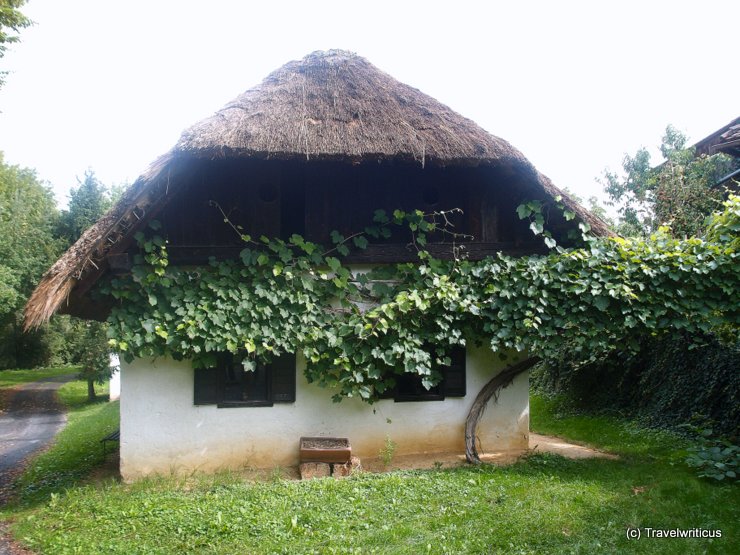
This building, named after the family of Dax who used to live here, is made of mud and roofed with thatch. After founding a kind of artist-in-residence program in Neumarkt an der Raab (Künstlerdorf), it started to be the first studio for the artists.
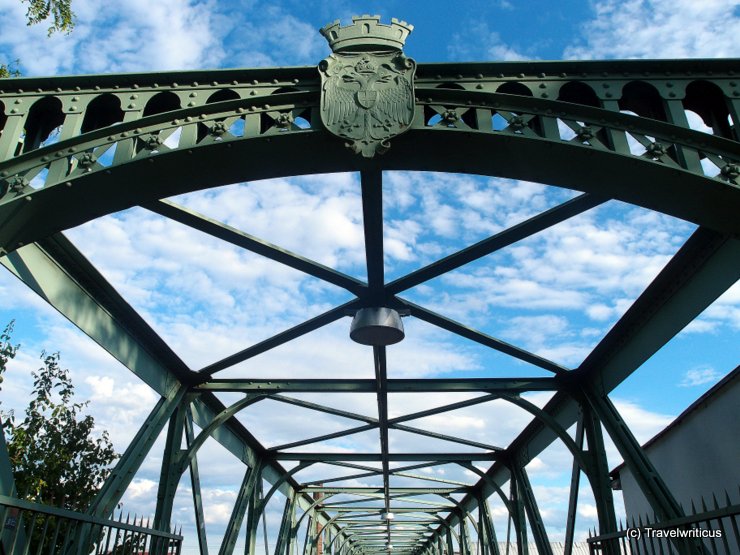
This photo shows a detail of the Rustensteg, a pedestrian bridge crossing the tracks leading to the Westbahnhof in Vienna. It saw its construction in 1901. From this bridge, pedestrians have a fine view of trains entering and leaving the railway station.
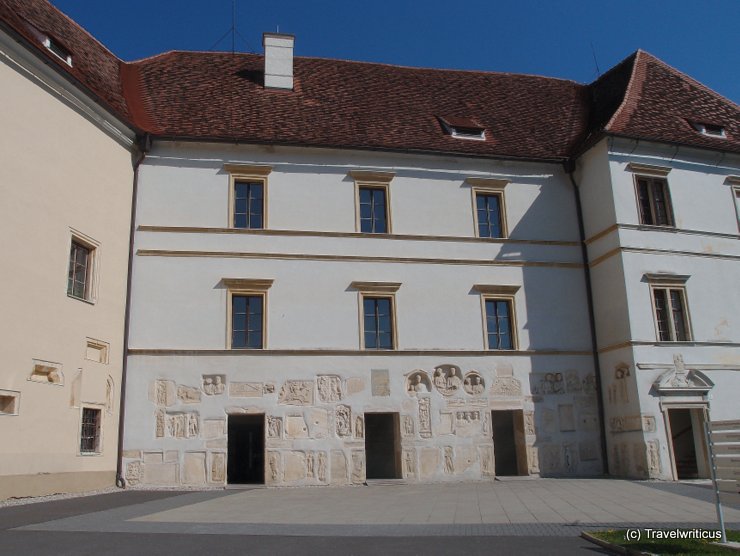
This wall of Seggau Castle (Schloss Seggau) near Leibnitz is a heaven for friends of Roman history. You find there an extensive lapidarium with ancient tombstones. More artefacts are shown at the Roman museum in Wagna nearby.

The Open Air Museum Gerersdorf near Güssing portrays the Pannonian way of living in the 18th and 19th centuries. In addition, its central building serves as a venue for art exhibitions on a regular base.

The Reckturm is a tower dating back to the 13th century. Reckturm (reck = to rack) refers to its former use as a prison and place for torture. Today, it houses a small museum for weapons and torment.
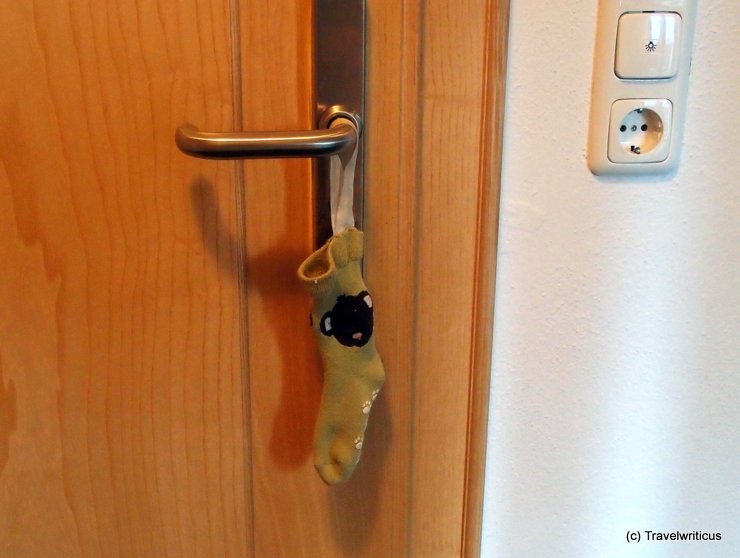
The Hotel Tauernstüberl in Zell am See used socks as “Do Not Disturb” signs for a long time. That’s a kind of pun. In German, “You are a lazy sock” means you are lazy. So, this lazy sock doesn’t want to be disturbed right now.